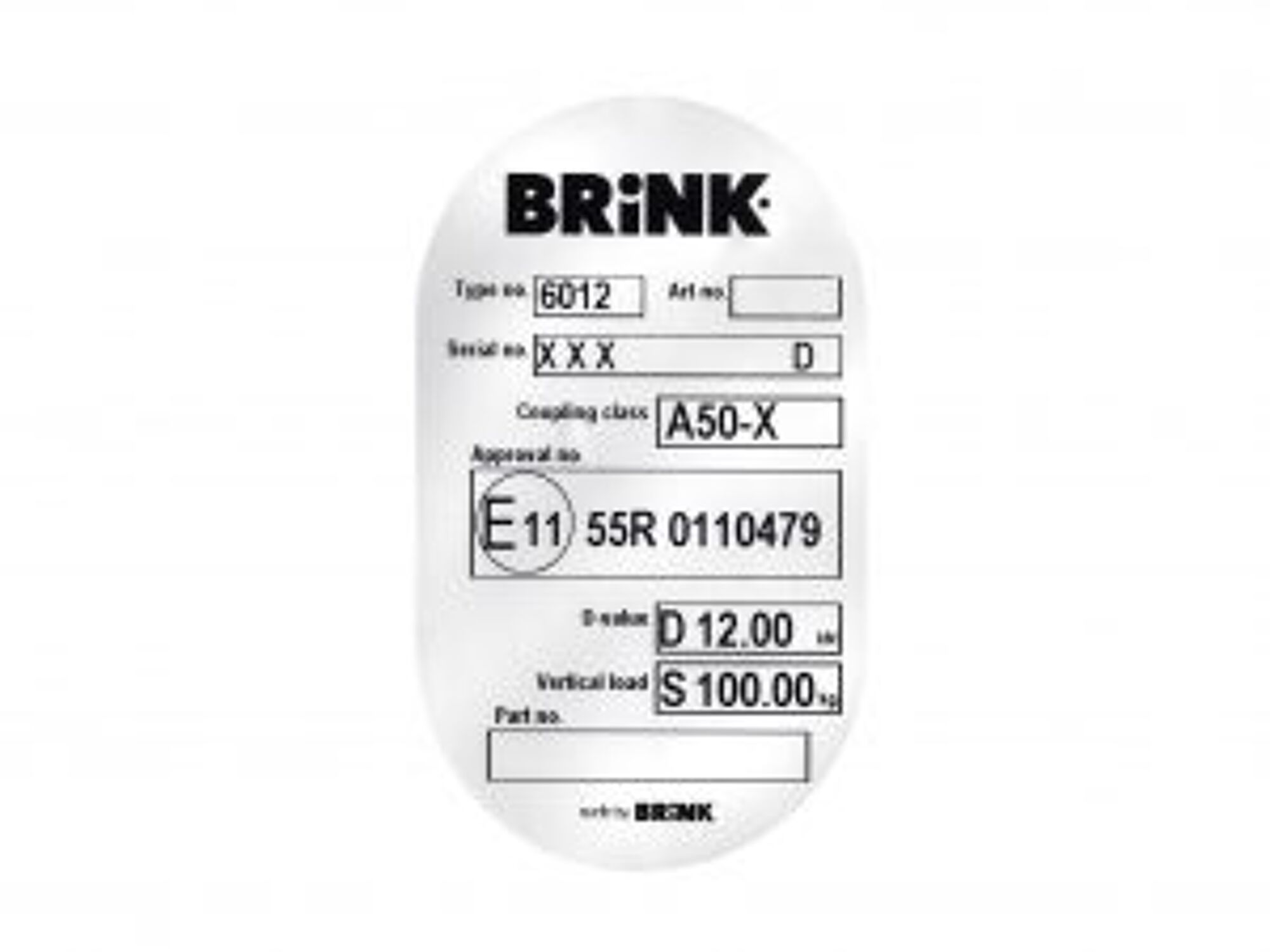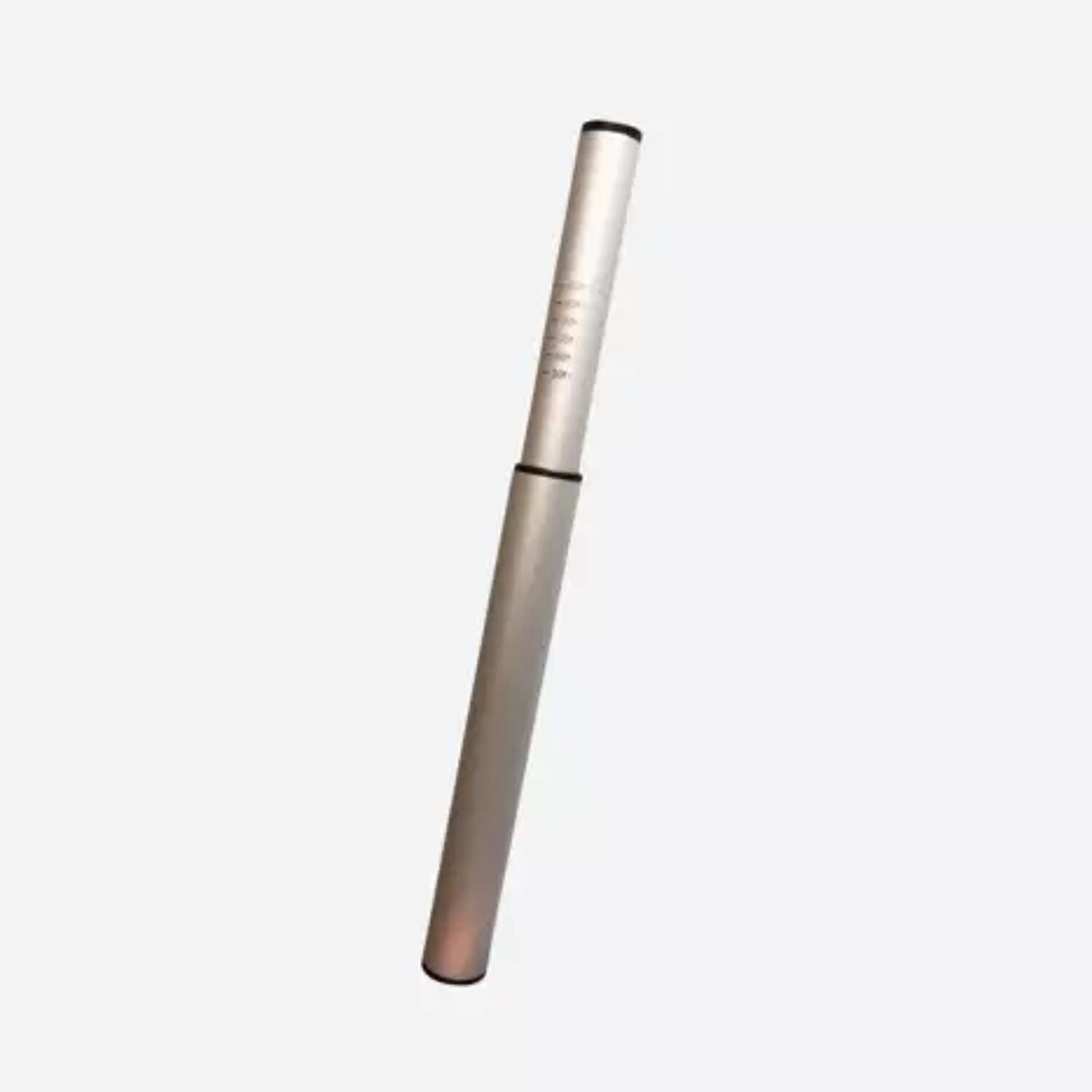The weight that the hitch of your bike carrier, trailer, caravan, boat, or horse trailer exerts on your tow bar is called ball pressure. This should never be too high or too low and must always remain within a certain margin. This margin varies by vehicle but usually lies between 45 and 75 kg.
Finding Ball Pressure
The maximum allowable ball pressure is determined by the car manufacturer and is indicated on the type plate of the tow bar, also referred to as "vertical load" or "vertical force," and in the vehicle documents of your car. This is not the registration certificate, but rather the documents that belong to your vehicle. You can find the correct pressure under the heading maximum vertical load. In the rare case that the maximum vertical load on your type plate differs from that in your vehicle documents, the information in your vehicle documents takes precedence.

Road Handling
With too high a pressure, the rear of your car sinks too low. This affects the driving behavior. The vehicle is more likely to hit the ground, and the front wheels have less grip. This results in poor road handling for both the car and the trailer, caravan, boat, or horse trailer. Additionally, too low a ball pressure makes the combination less stable.
Be Cautious with Bike Carriers
When bicycles are mounted on the back, the ball pressure quickly approaches the maximum prescribed by the car manufacturer. A carrier with two bikes is usually not a problem, but a carrier for three to four bikes requires careful checking to ensure that the pressure on the ball does not exceed the prescribed maximum vertical load.
Measuring Ball Pressure
Ball pressure can be measured while hanging using a tension gauge with a scale. The safest and simplest option is to purchase a ball pressure gauge from dealers of trailers or caravans; you can also order this online. A ball pressure gauge is also known as a hitch scale.


Comments
0 comments
Please sign in to leave a comment.